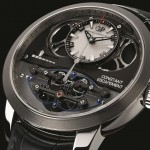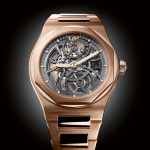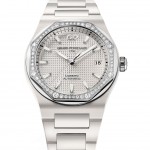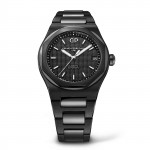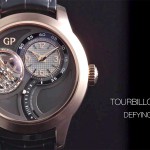SIHH 2014: Explaining the new Piaget Altiplano 38 mm 900P, now the thinnest mechanical watch in the world (with specs and pricing)
Piaget has just reclaimed the crown of the thinnest mechanical wristwatch in the world with the new Altiplano 38 mm 900P, recently unveiled as a preview of the SIHH 2014 line-up. It stands just 3.65 mm high in its entirety, thanks to a novel movement construction inspired by none other than a quartz watch.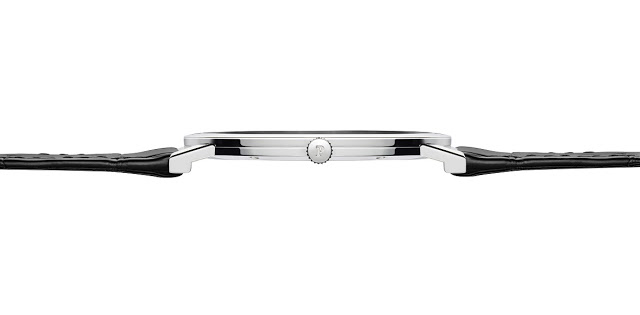
Having carved out a niche for itself in ultra-thin timepieces, Piaget has been relentless shaving off the millimetres from its timepieces. It now counts 23 ultra-thin calibres in its stable of 35 in-house movements, amongst them a slim, automatic minute repeater. At SIHH 2013 Piaget briefly lost the crown for the thinnest mechanical wristwatch to Jaeger-LeCoultre when the latter unveiled its 4.05 mm thick Master Ultra Thin Jubilee. But with the Altiplano 38 mm 900P Piaget has retaken the title. The new Altiplano is just 3.65 mm high, so thin it is easily mistaken for a quartz watch.
So it is not surprising that the technical lineage of the 900P hand-wound movement can be traced back to a quartz watch. The 900P is so thin because the case back of the watch doubles up as the main plate of the movement. In other words, all the parts of the movement which sit on a main plate in a normal watch, actually sit on the case back in the 900P.
.jpg)
This novel movement construction was first used with the Concord Delirium, which used a super slim quartz movement invented by ETA. From its beginning in the late seventies, this series of ETA movements has evolved into the movement used inside the current day Swatch Skin watches (which are still 3.9 mm high).
The integrated main plate construction brings does to mind a potential issue with future servicing: if the case back is scratched and requires polishing, will it have any impact on the flatness and stability of the main plate?
Though the main plate is the key element of the movement’s ultra-thin construction, several other important details enable precious more millimetres to be saved. The whole movement is visible from the front, with the time display off-centre, enabling the gear train and keyless works to be within the height of the balance wheel. And the barrel, which sits underneath the dial, is pivoted on only the dial side.
.jpg)
One issue the Concord Delirium watches (and other ultra-thin timepieces) would face when the watch was worn too tightly on the wrist is that it would stop. That happened because the pressure exerted on the watch caused the case to bend slightly, pressing the crystal onto the hands and stopping them. Piaget has solved this problem with an elegant solution of putting the hands in a recessed area, leaving it a level below the bridges of the movement. So the crystal is prevented from touching the hands by the bridges.
All of these clever manoeuvres give this new Altiplano a height of just 3.65 mm. By way of comparison, the similarly sized (but automatic) Altiplano Ultra-Thin Skeleton stands 5.34 mm high. Though not complex in terms of complications, the 900P movement is an impressive and accomplished feat of elegant engineering. It would seem that this movement is at the very limit of what is physically possible with current watchmaking technology, without sacrificing reliability and water resistance.
.jpg)
The Altiplano 38 mm 900P is available only in white gold for now, with a 38 mm case and an estimated retail price of approximately SFr28,000, equivalent to about US$31,600.
Back to top.
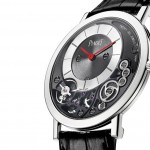
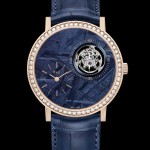
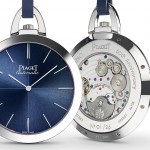

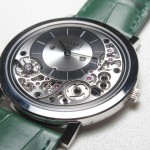
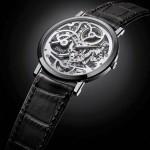
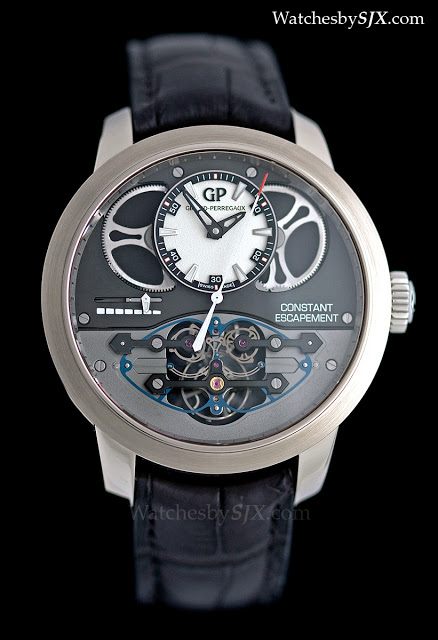
.jpg)
.jpg)
.jpg)
.jpg)
.jpg)
.jpg)
.jpg)
.jpg)
.jpg)
.jpg)
.jpg)
.jpg)
.jpg)
